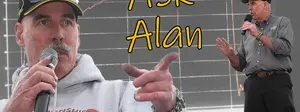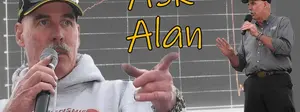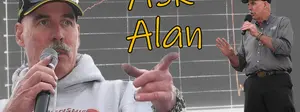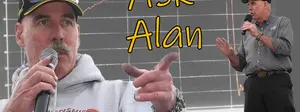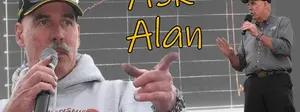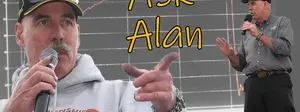

Nitro special: Burnouts, tire inflation and footprint, brake pad life, setback blowers

At every NHRA national event, NHRA announcer Alan Reinhart offers fans the chance to send him an email with technical questions about the race cars, the tracks, and the procedures. As part of a semi-regular feature, we’ll share those questions and answers on NHRA.com.
Fan can write to Reinhart at announcer@nhra.com.
Here we go!

Why do the fuel cars back up outside of the burnout tracks now? I know for years they used to back up right on top of them. — Frank Stapleton
Times have changed, the tires and track prep are so much better today that often the crew chief will look at the starting line and decide it's perfect and the burnout would not make it better. So, they move over for the burnout and then line up on the "raw" section to make the run.

On a cool grippy track, what tire inflation pressure is favored? — Gregory Safchuk
Rear-tire pressure ranges from 6 to 9psi. And nitro car tire pressure is the reverse of street cars. With the Goodyear tires used for nitro racing, more pressure means more grip, less pressure means more slip. Since you need to be spinning the tires the length of the track, on a cool grippy surface you would drop the pressure to help them spin. Maybe as low as 6.5psi. On a hot greasy track where you need maximum grip, you might raise them to 8.7 or 8.8.
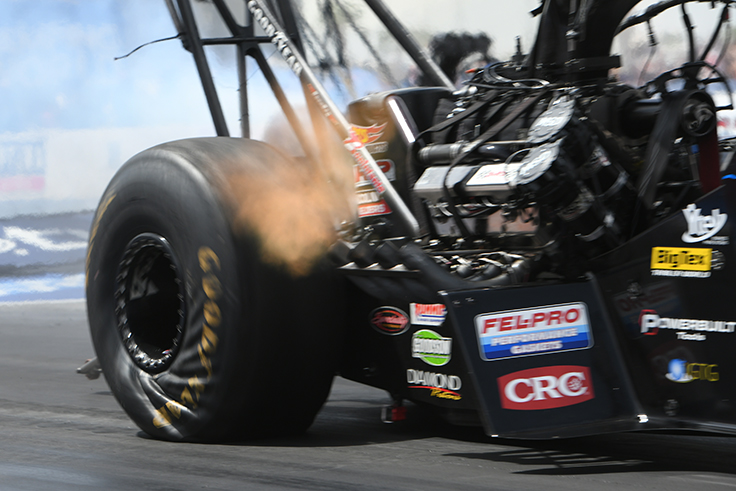
How many revolutions do the rear slicks make on a Top Fuel dragster from starting line to the thousand-foot stripe? — Greg Brubaker
Using the tire size sitting still at 115 inches of circumference, you would roll it 104.4 times to go 1,000 feet, but the tires squat at the hit, then grow some, then get squished down by the force of the wing, all while spinning the entire time. They are never "hooked up" during the run, so coming up with an accurate number is difficult.
It obviously will vary run to run, but typically counting tire growth and slip, the number would be around 110-115 tire revolutions from the starting line to the 1,000 feet.

How long do brake pads last on fuel cars? — David Joplin
The answers range from six races max to most of the season for the rears. Top Fuel doesn't have front brakes, but on a Funny Car, the fronts last double the life of the rears. The pads and rotors are both carbon fiber, and the rotors as a rule get replaced every other pad change.
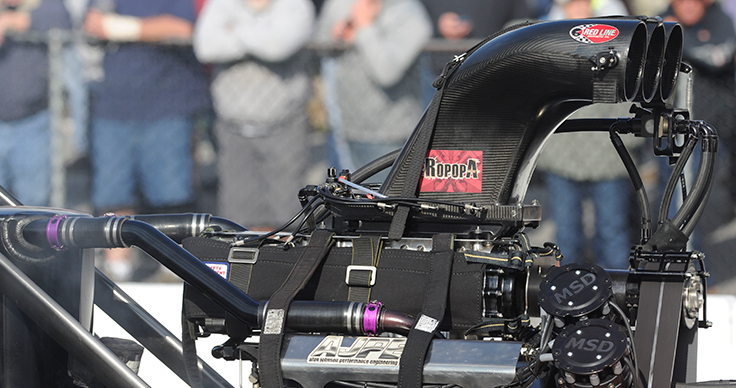
What is the benefit of having the supercharger on nitro cars shifted rearward? — Rick Chavez
The rotors inside the blower are twisted causing them to force the air forward as they spin. By setting the blower back, it puts the air in the middle of the manifold, making the distribution from cylinder to cylinder more equal.
A straight rotor (without the twist) would not force the air forward, but it would not pump nearly as much total air at the same speed.























